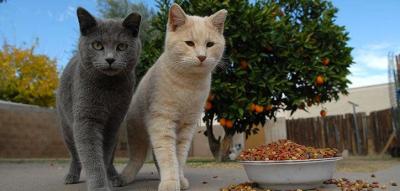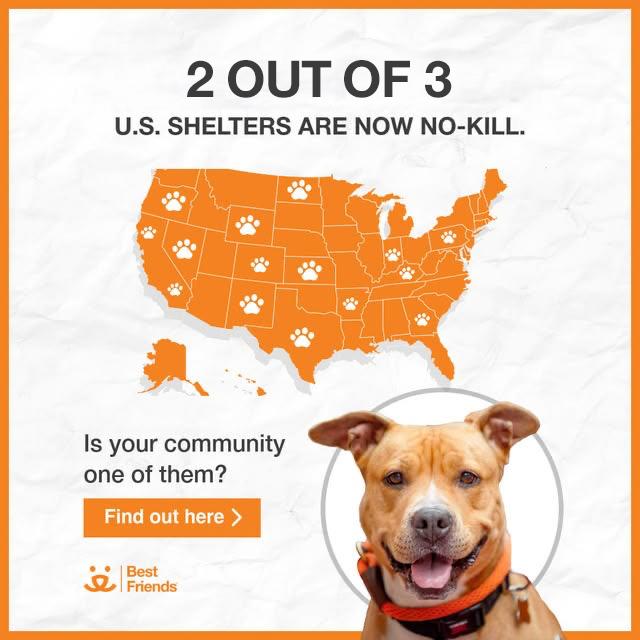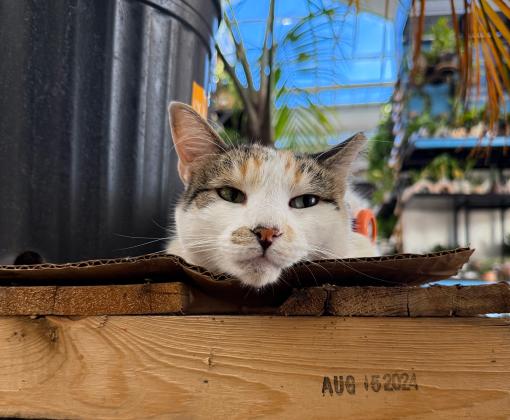
Benefits of Trap-Neuter-Vaccinate-Return (TNVR) for Community Cats
If there are community cats (i.e., ownerless outdoor cats) roaming around your neighborhood, you might be wondering how you can help them. The most effective way to stop them from reproducing and to help them stay safe is to participate in a trap-neuter-vaccinate-return (TNVR) program for cats in your area.
Trap-neuter-vaccinate-return, also known as trap-neuter-release (TNR), is the only humane and effective way to save the lives of community cats while gradually reducing their numbers. TNVR saves the lives of community cats because it keeps these cats out of shelters, and it keeps the outdoor cat population in check by spaying or neutering them.

See how your community is doing
What is the TNVR method?
Here's how TNVR works:
- Community cats are trapped in humane cat traps, either by volunteers or staff who are part of a TNVR program.
- The cats are brought to a veterinarian, who examines them for overall health, spays or neuters them, and vaccinates them. Best Friends encourages all TNVR programs to vaccinate cats for FVRCP and rabies, even though rabies in cats is rare.
- The vet also removes a tiny portion of the tip of one of the cat’s ears (known as cat ear-tipping), a painless procedure that indicates that the cat has been spayed or neutered and doesn’t need to be trapped again.
- The cats are then returned to their outdoor homes to continue their lives.
Benefits of TNVR for community cats
These are some key benefits of trap-neuter-vaccinate-return for community cats:
- Because many of them aren’t sociable with humans and therefore aren’t good candidates for adoption, community cats are at great risk of being killed if they end up in shelters. Cats who go through a TNVR program are sterilized and then returned to the locations where they were trapped.
- Unaltered cats often exhibit nuisance behaviors such as spraying, fighting, howling, and roaming. Spaying and neutering help to reduce those behaviors.
- TNVR helps keep cats healthy because the cats are usually vaccinated as part of the TNVR program, fighting among cats is reduced, and spayed cats aren’t having litter after litter of kittens.
- Removing community cats from their location can separate people from their pet cats, who might have been mistaken for unowned outdoor cats. Also, removing cats doesn’t address concerns in a meaningful way and can create space for more unaltered and unvaccinated cats to move into the area. TNVR stabilizes the cat population, which then leads to a reduction in the population over time.
For more about community cats
- Want to find out more? Check out Best Friends Animal Society's resources for helping community cats.
- Need humane deterrents to keep community cats out of your yard? Watch our video or read a list of humane deterrents here.
- Want to volunteer to help community cats? Find out how to get involved here.
Together, through TNVR programs and the efforts of people like you, we can keep community cats safe and out of shelters — helping them to live long, happy, healthy lives.
